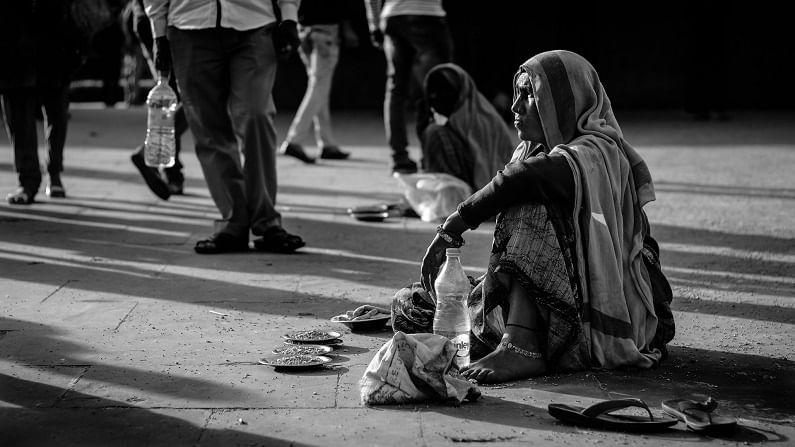No dream homes of 40% Indians
Right now, 1.6 billion individuals across the globe do not have access to housing, a number which is set to grow to 2 billion in the next 7 years.

NITI Aayog’s recent index on multi-dimensional poverty threw up some worrying insights on the housing, asset ownership and financial deprivation of Indians. According to the report, more than 50% of the population in 12 Indian states do not have access to adequate housing. These included Manipur, where 75.50% of the populace lived in houses where floors, walls and ceilings were built of rudimentary, natural materials.
Natural material, not government aid sustaining many
Others in the list included Arunachal Pradesh (74.34%), Uttar Pradesh (60.09%), Madhya Pradesh (54.65%) and Bihar (65.37%). A silver lining in this segment was Ladakh, which saw its housing deprivation fall sharply from 88.2% in 2015-16 to 56.98% in 2019-21.
Overall, 41.37% Indians continue to be without a permanent house. This is a slight dip compared to the 45.65% Indians who lived in kachcha houses, as per data from NFHS 2015-16. In terms of multi-dimensional poverty, i.e. people being deprived of multiple necessities like sanitation, cooking fuel, housing, electricity and more, around 20.7 crore Indians continue to fall below the line.
Houses, but what kind?
Globally, over 3 billion people are projected to be living in overcrowded urban slums by 2050. Right now, 1.6 billion individuals across the globe do not have access to housing, a number which is set to grow to 2 billion in the next 7 years. And India’s efforts in providing affordable urban housing for all is falling woefully short. A cursory look at the data of houses constructed under PM Awas Yojana (both rural and urban) reveals that the Grameen awas yojana i.e. PMAY-R has far higher completion rates of the houses sanctioned, as under its urban counterpart.
It’s not as if there are no houses for Indians. There are houses, just not where people travel to fulfill their aspirations and economic needs i.e. the metros. The urban poor, as they are known, live in shanties and thatched houses, with no solid roof over their head. According to the Delhi statistical handbook 2022, around 10,51,964 urban residents of Delhi live in a single-room. 42,985 urban dwellers do not even have a room. Only 89% of Delhi’s urban residents have latrine facility within their houses, and 60% have access to piped sewer system.
Recently, the Maharashtra government doubled the income slab (from Rs 3 lakhs to Rs 6 lakhs) to make people falling under the economically weaker section (EWS) eligible for PMAY-U. Despite this, livable rooms, completed houses and a permanent roof remains a distant dream for many.